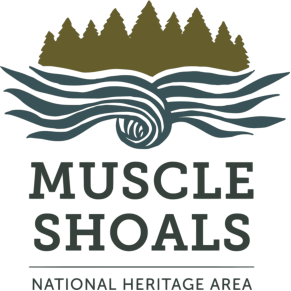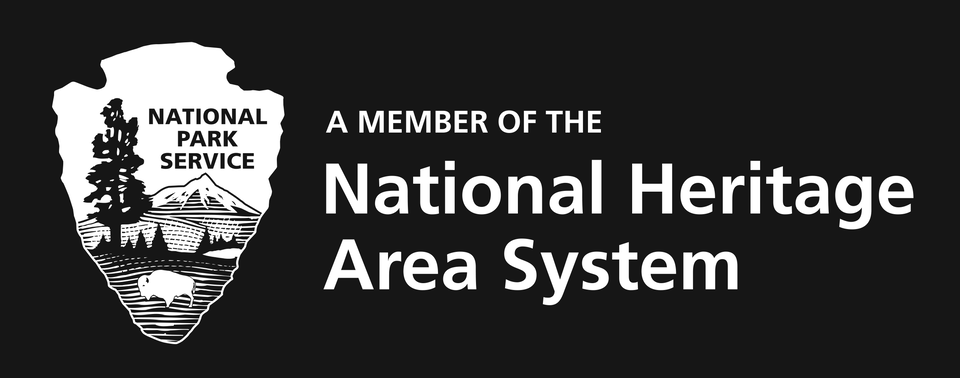Native Heritage
Sometimes referred to as “Indians,” “American Indians,” or “Indigenous People of the Americas,” Native Americans were the original inhabitants of the continents we now refer to as “The Americas.” The resources of the Tennessee River Valley made northwest Alabama a center for indigenous civilizations prior to the arrival of Europeans in the 1500s.
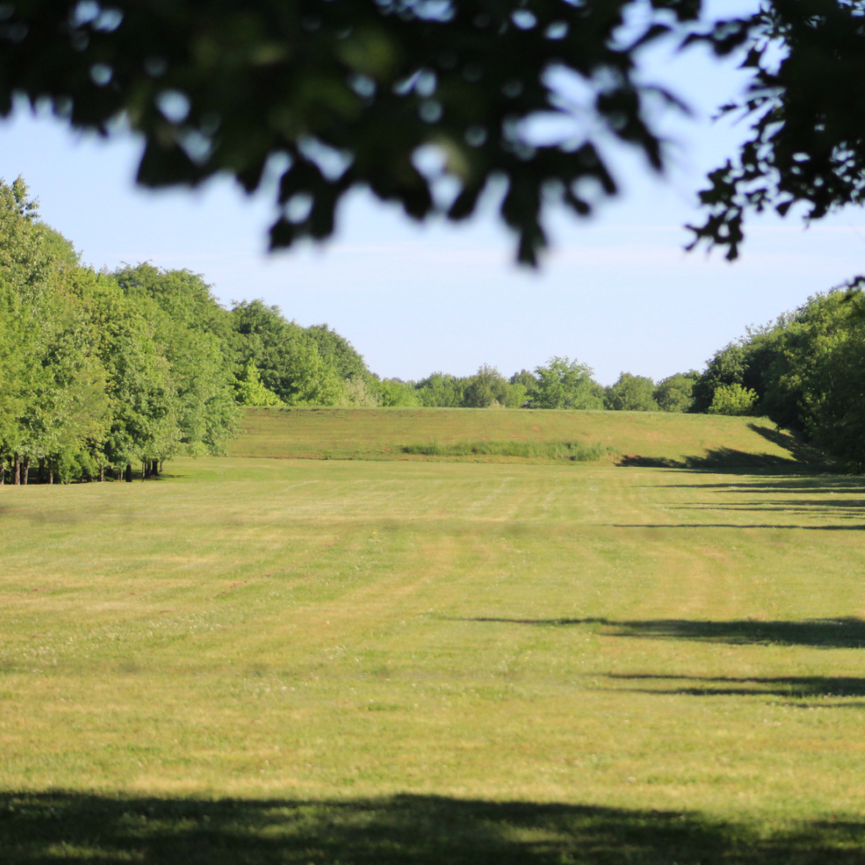
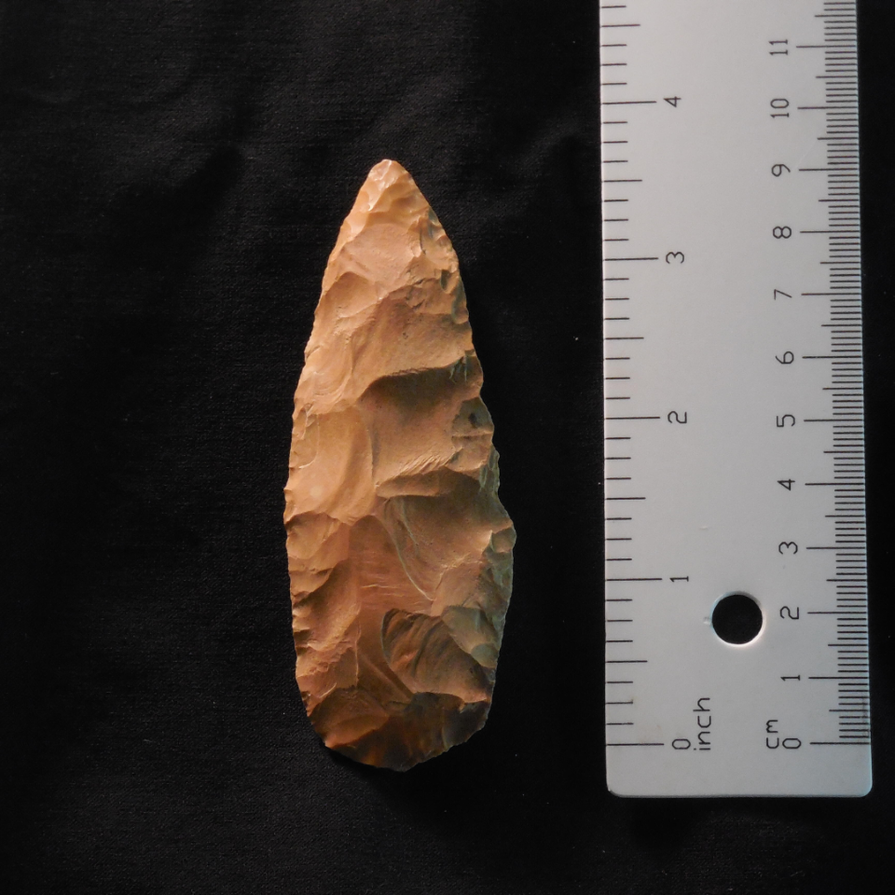
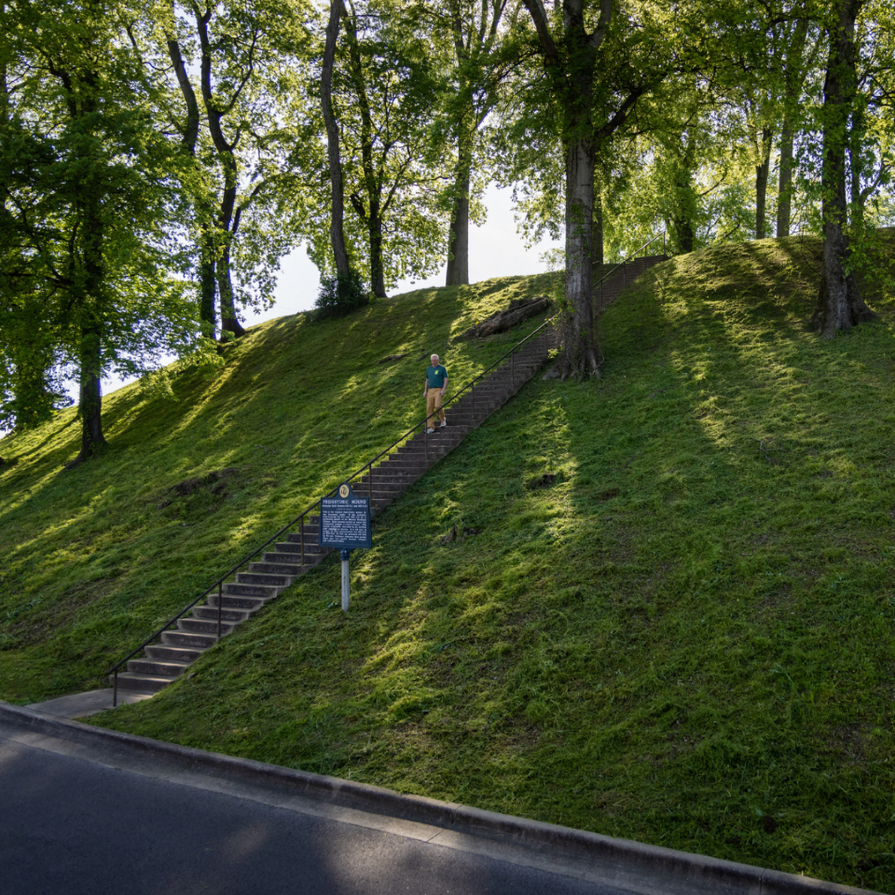
Early Native Americans and European Conquest
The first Native Americans were Paleo Indians (10,000 – 8,000 BCE) who are thought to have crossed a land bridge between Asia and North America during the Ice Age while following herds of large mammals. As hunter-gatherers, Paleo-Indian people followed the herds south into the Tennessee Valley and found shelter in the bluffs and caves throughout the area. They used stone tools and spears to kill the animals they hunted but also gathered berries and other edibles. There are three distinct cultures that arose from the Paleo-Indian period: Clovis, Cumberland, and Dalton cultures. These cultures ushered in the next period in Native American history with the Archaic Indians (8,000 – 1,000 BCE). Like their ancestors, they were also hunter-gatherers, but these people also began to form small group settlements. They are credited with developing a grinding process to make stones into tools and beads, which they then used as fishing net weights, weapons, pipes, and cooking utensils.
The Woodland period (1,000 BCE – 1,000 CE) followed the Archaic period and is characterized by the shift from hunter-gathering to farming. While Woodland Indians still sought game and fish, they no longer had to continuously move for sustenance. The ability to cultivate food – such as corn, beans and squash – allowed communities to stay in one place and form permanent settlements. In the eastern United States, these settlements — collectively known as the Hopewell Culture — shared unique pottery-making techniques and established their own trade network throughout the East. Woodland Indians also had a distinctive architecture style consisting of large earthen mounds for ceremonial and burial purposes. The next period of Native American history came with the Mississippian Indians (1,000 – 1,550 CE). Made up of many societies sharing similar lifestyles and traditions, the Native Americans of the Mississippian period lived similarly to those of the Woodland period. They also grew crops, maintained their settlements, and used the Natchez Trace trade route. Mississippian cultures are known for their one-room wattle-and-daub huts constructed with vertical log walls covered in mud and a roof made of river cane. The end of the Mississippian period began as Europeans arrived in North America. While early Europeans brought new crops and animals, they also brought foreign diseases – such as smallpox – which Native Americans were not immune to. These diseases devastated indigenous communities, sometimes killing millions of people, across North America.



North Alabama Tribes of the Historic Period
Early Euro-Americans made contact with many groups of indigenous people during their travels through the Southeast but primarily encountered people of the Creek, Cherokee, and Chickasaw tribes in the Tennessee Valley. The first Europeans to settle in northwest Alabama were French people who lived near present-day Spring Park in Tuscumbia. Along with members of small Creek and Cherokee factions, they established the community of Oka Kapassa, also known as Coldwater, in 1769. While there were peaceful interactions – such as the Oka Kapassa settlement – between Native Americans and Europeans, the majority of their interactions were violent. In response to the beginning of the American Revolutionary War in 1776, many powerful Native American tribes from across the East gathered in a meeting – to be known as the Muscle Shoals Grand Council – in present-day Muscle Shoals to discuss who they would side with during the American Revolution. They chose the British, fearing further encroachment by settlers under a different government power.
From aligning with opposing sides in the American Revolution to fighting in numerous altercations with trespassing and hostile Euro-Americans, Native Americans always sought to retain their land. The region experienced a wave of migration from the eastern United States when present-day Alabama was opened to settlement after the Creek War of 1813-1814. This migration was known as “Alabama Fever” because of the rush to claim land in the area formerly known as East Mississippi. General Andrew Jackson led efforts to open the new territory to settlement and infrastructure by speculating on land within the Tennessee Valley and constructing a military road through Muscle Shoals. He also urged the General Land Office to quickly survey and sell the land acquired from the Creeks. These land sales combined with squatter claims on Native-owned property made up the settled portion of the Alabama, which saw a population increase of roughly 290,000 people from 1810 to 1830. Despite some tribes’ adoption of various Euro-American institutions and customs, they were still unequal in the eyes of many Americans.
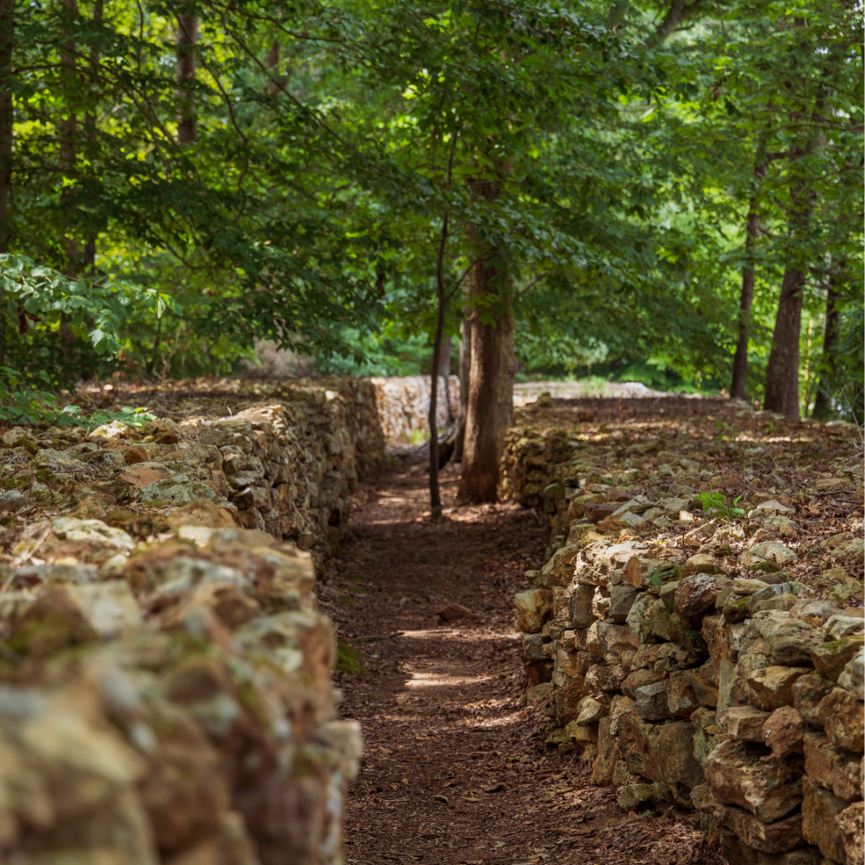
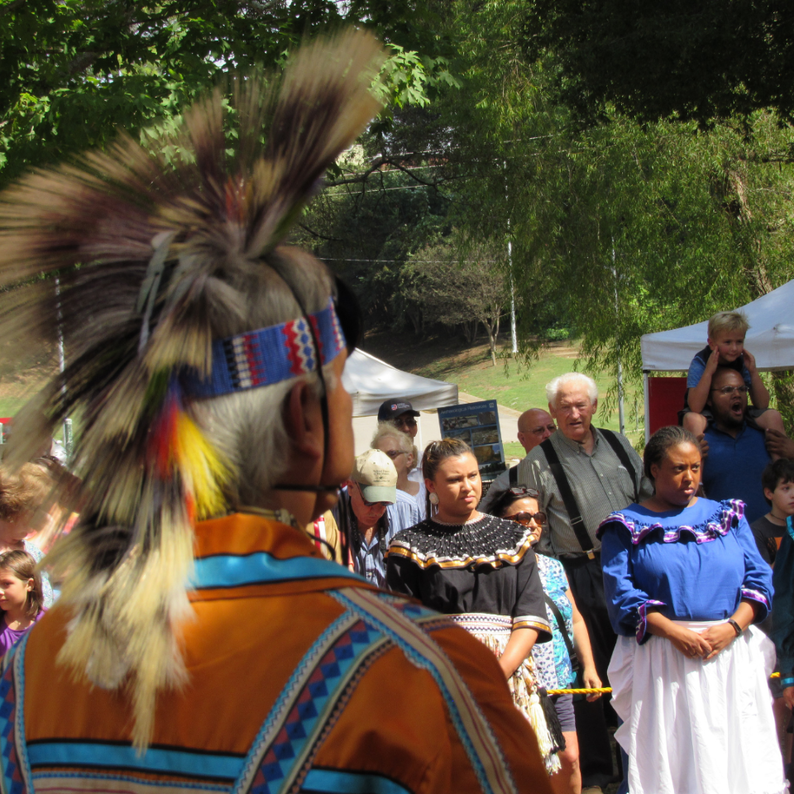

Trail of Tears
European explorers and the U.S. government made many false agreements and complicatedly vague treaties with Native American tribes, but none were as devastating as those surrounding the passage of the Indian Removal Act of 1830. These treaties included the Treaty of New Indian Springs (Creek) and the Treaty of New Echota (Cherokee). Under Pres. Jackson’s orders, the U.S. military forcibly removed Native Americans from their southern homes to Indian Territory in present-day Oklahoma. At the end of the Indian Removal period (1830 – 1838), approximately 125,000 members of the “Five Civilized Tribes” – the Chickasaw, Choctaw, Seminole, Cherokee, and Creek – had been forced to move almost a thousand miles across the country along with indigenous people from other tribes and regions. Some Native Americans hid to evade capture and were able to remain in their homelands, but the majority of southeastern tribes were rounded up and sent west.
While there were several routes used for removal, one of the most infamous shadowed the Tennessee River (close to present day U.S. Highway 72) and utilized the Tuscumbia-Courtland-Decatur Railroad. In Tuscumbia and Waterloo, Native Americans solemnly waited for large steamboats to carry them to Memphis, Tennessee, where they marched the remaining westward distance in large caravans under military control. Families were separated, and due to horrible weather, living conditions and treatment, many Native Americans died along the way because of disease, hypothermia, starvation, and dehydration. The Cherokee’s horrific journey to Indian Territory is now known as the “Trail of Tears” in remembrance of the sorrow and tragedy experienced by those who lived, suffered, and died during the forced removal.
Modern Native Heritage in the MSNHA
If you are interested in learning more about Native Americans in North Alabama, there are plenty of opportunities to do so within the MSNHA.
The Florence Indian Mound Museum stands at the base of Florence’s own Indian mound – one of the largest Woodland period mounds in the state of Alabama at forty-three feet tall. Visitors can walk to the top of the mound via stairs free of charge and pay a small museum entrance fee to view artifacts found on the property dating as far back as 10,000 years.
Oakville Indian Mounds Education Center is located in Danville, Alabama. The park consists of almost 200 acres of land and is home to almost 100 archeological sites. The museum – based of the seven-sided design of a traditional Cherokee council house – displays artifacts found on the property dating as far back as 14,000 years. The most distinctive features of the park are its remaining two Woodland period mounds: a 26-foot-high, 1.5-acre-wide ceremonial mound and a 13-foot-high burial mound. Admission to the Center is free, and group tours can be purchased at a small fee per person.
Oka Kapassa – meaning “cold water” – is an annual festival held at Tuscumbia’s Spring Park. The Oka Kapassa festival uses storytelling, dancing, music, traditional cuisine, crafts, and demonstrations to celebrate the culture and traditions of Native Americans who once thrived in the area.
The Wichahpi Commemorative Stone Wall, also known as the Tom Hendrix Wall or Te-lah-nay’s Wall, memorializes the journey of Tom Hendrix’s great-great-grandmother, Te-lah-nay. Taken from her home with the Yuchi people along the Tennessee River and forced to march to Oklahoma in the Trail of Tears, Te-lah-nay spent one winter in Oklahoma before embarking on a five-year journey back to Alabama. Taking Hendrix thirty years to construct, the wall is unique to Florence and the United States in that it is the largest un-mortared rock wall in the U.S. as well as the largest memorial to a Native American woman.
